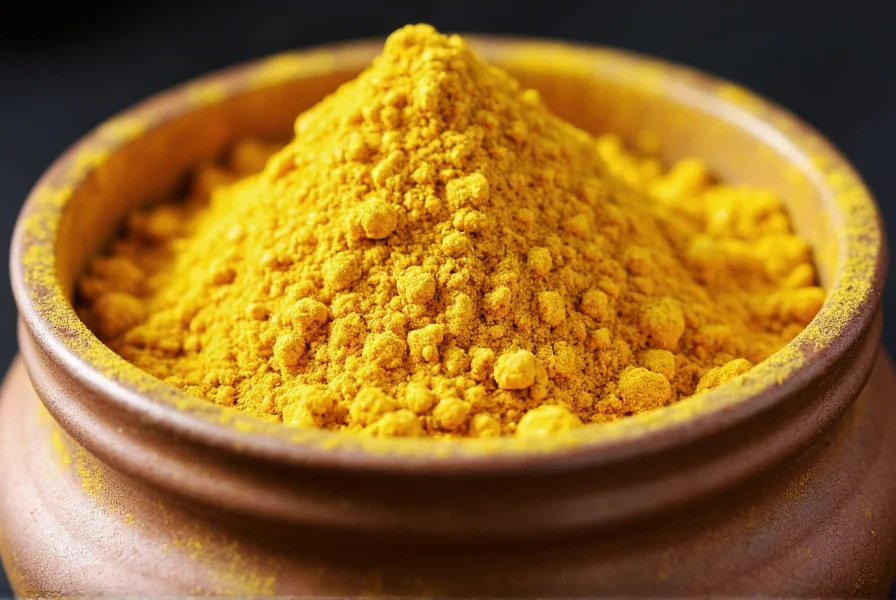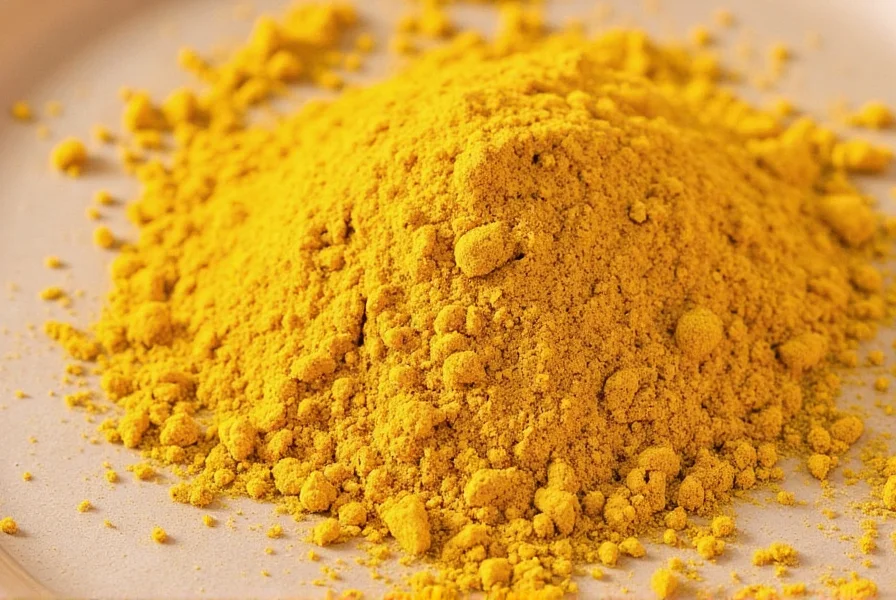Asafoetida, commonly known as hing powder, is a pungent resinous gum derived from the roots and stem of Ferula plants, primarily used as a flavor enhancer in Indian and Middle Eastern cuisines. When cooked, it transforms from its raw sulfurous aroma into a savory umami flavor resembling onions and garlic, making it essential in vegetarian and vegan cooking where alliums are restricted.
Understanding asafoetida hing powder begins with recognizing its unique role in global culinary traditions. This ancient spice has been valued for centuries not just for its distinctive flavor profile but for its remarkable ability to enhance dishes while serving dietary restrictions. Unlike most spices that come from seeds or bark, asafoetida originates from the sap of specific Ferula species, harvested through careful incisions in the plant's stem.
The Science Behind Asafoetida's Transformation
Raw asafoetida emits a strong sulfurous odor that many find off-putting, yet when properly cooked, it undergoes a magical transformation. The key compounds—disulfides and trisulfides—break down during heating, creating complex flavors that mimic the savory depth of onions and garlic without containing either. This chemical alchemy explains why do Indian recipes call for asafoetida in lentil dishes, vegetable preparations, and breads where alliums would traditionally be used.

Culinary Applications Across Global Cuisines
While most prominent in Indian cooking, asafoetida's influence extends across multiple culinary traditions:
| Cuisine | Typical Usage | Recommended Quantity |
|---|---|---|
| North Indian | Tadka (tempering) for dals and curries | ¼ tsp per 4 servings |
| South Indian | Rasam, sambar, and vegetable dishes | ⅛ tsp per 4 servings |
| Persian | Stews and rice dishes | Pinch per serving |
| Middle Eastern | Herbal remedies and breads | Trace amounts |
Mastering Asafoetida Usage in Your Kitchen
Learning how to use asafoetida in cooking properly separates novice cooks from seasoned practitioners. The critical technique involves tempering:
- Heat 1-2 teaspoons of oil or ghee in your pan
- Add asafoetida after other whole spices like mustard seeds
- Immediately cover the pan to contain the initial strong aroma
- Cook for 10-15 seconds before adding liquid ingredients
Understanding how much asafoetida to use in recipes prevents overpowering dishes. Pure asafoetida requires minimal quantities—typically ⅛ to ¼ teaspoon for four servings. Many commercial products blend asafoetida with wheat flour (up to 90%), requiring slightly larger measurements. Always check your product's concentration before adjusting quantities.
Storage and Quality Considerations
Proper storage significantly impacts asafoetida hing powder storage longevity and potency. Exposure to air causes the volatile compounds to dissipate, diminishing flavor. For maximum shelf life:
- Store in an airtight container away from light
- Keep in a cool, dark pantry (not the refrigerator)
- Use within 12-18 months for optimal flavor
- Check for fading color or diminished aroma as freshness indicators
High-quality asafoetida should maintain a pale yellow to reddish-brown color and strong initial aroma. Avoid products with excessive fillers that compromise flavor intensity.
Substitution Strategies When Asafoetida Is Unavailable
Finding an adequate substitute for asafoetida hing proves challenging due to its unique flavor profile. While no perfect replacement exists, these alternatives work in specific contexts:
- For vegetarian dishes: Combine ¼ tsp garlic powder + ⅛ tsp onion powder per ⅛ tsp asafoetida
- For vegan applications: Use ½ tsp celery seed (grind finely) per ⅛ tsp asafoetida
- For digestive benefits: ¼ tsp ajwain (carom seeds) provides similar medicinal properties
- For traditional recipes: Omit entirely rather than using inadequate substitutes
Remember that these substitutions only approximate certain aspects of asafoetida's complex profile. The distinctive umami depth created during cooking remains difficult to replicate perfectly.
Traditional and Modern Perspectives on Asafoetida
Historically, asafoetida hing powder benefits extended beyond culinary applications. Ayurvedic medicine has utilized it for centuries to address digestive issues, respiratory conditions, and menstrual discomfort. Modern research supports some traditional uses, particularly its carminative properties that reduce gas and bloating—explaining its prevalence in lentil and bean dishes.
Contemporary chefs increasingly recognize asafoetida's potential beyond traditional applications. Innovative cooks experiment with small amounts in tomato sauces, cheese dishes, and even certain baked goods where its umami properties enhance overall flavor complexity without imparting its characteristic initial odor.

Addressing Common Misconceptions
Several myths surround this distinctive spice. Many believe asafoetida contains garlic or onion, but it's actually an allium-free alternative. Others assume its strong raw odor means it will dominate finished dishes, when proper cooking techniques transform its flavor profile completely. Understanding these realities helps cooks use asafoetida hing powder effectively without hesitation.
Frequently Asked Questions
Is asafoetida the same as hing powder?
Yes, asafoetida and hing powder refer to the same spice. "Hing" is the Hindi and Urdu name for asafoetida, which comes from the Persian word "heng". The powder form typically contains 20-90% pure asafoetida resin blended with flour or rice powder as a carrier.
Can I use asafoetida if I'm following a gluten-free diet?
Pure asafoetida resin is naturally gluten-free, but many commercial hing powders contain wheat flour as a carrier. Look for products specifically labeled "gluten-free" or purchase pure resin blocks that you can grind yourself to ensure no gluten contamination.
Why does asafoetida smell so strong when raw but delicious when cooked?
Raw asafoetida contains volatile sulfur compounds that create its pungent odor. When heated in oil, these compounds transform through chemical reactions into more complex flavor molecules that provide savory umami notes without the initial unpleasant smell. This transformation is why proper tempering technique is crucial.
How can I reduce the strong smell when working with asafoetida?
To minimize the initial strong odor, always add asafoetida to hot oil and immediately cover the cooking vessel. The lid traps the volatile compounds until they transform through cooking. Working near a vent hood or open window also helps. Using pre-tempered asafoetida oil (hing ka tel) eliminates direct handling of the powder.
Does asafoetida have any scientifically proven health benefits?
Research indicates asafoetida possesses antimicrobial, anti-inflammatory, and carminative properties. Studies confirm its effectiveness in reducing flatulence and improving digestion, particularly when consuming legumes. Its ferulic acid content shows antioxidant benefits, though more research is needed on many traditional medicinal claims.











 浙公网安备
33010002000092号
浙公网安备
33010002000092号 浙B2-20120091-4
浙B2-20120091-4